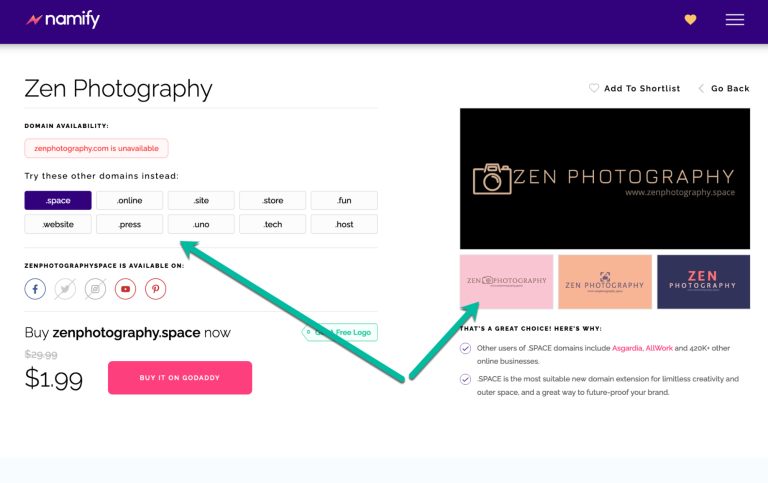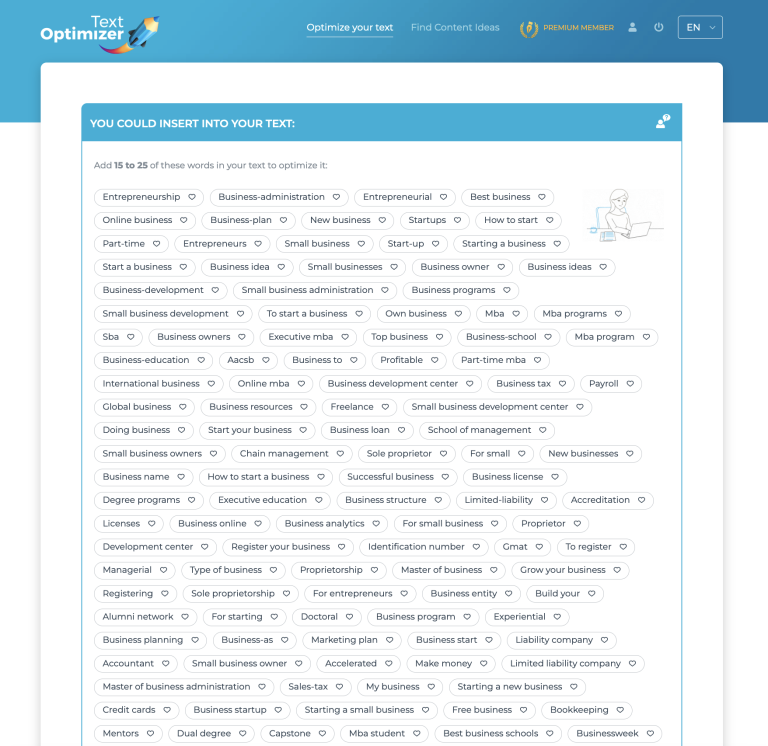
Social media advertising is an effective and affordable way to generate traffic and build awareness for your project. Many businesses realize that and hence the competition is likely to get fierce.
With so many brands competing for your target customers’ attention, how to succeed?
Here’s what makes a good social media ad:
1. Stories Work
One big problem with social media advertising (especially when it comes to Facebook and Instagram) is that it is interrupting. People don’t come to those social media platforms to buy products or find answers to their questions. They come to catch up with friends and family. That’s why storytelling works so well on social media. People engage with ads telling a story they can relate to.
There’s no single recipe for what story to tell, but there are certainly best practices:
- Your story should be authentic. Whether you are telling a story of your founder or your customer, it needs to be honest. You just can’t fake authenticity.
- Your story should be emotional. Too many brands and influencers are telling a story no one really cares about. You need to create something that will be hard to remain indifferent to.
- Your story shouldn’t be controversial. Controversy always triggers emotion but that’s not what you want to do for your overall brand image. I know there are brands that do nothing but controversy but unless you are ready to face a reputation crisis, you need to stay away from that.
- Talk about a recent trend. Trending topics always attract attention, so you need to try and find angles that coincide with what’s currently hot in your country or globally.
2. Consistency is Key
They say that you need at least 8 touchpoints for a customer to remember your brand. A touchpoint means that your page was visited, your social media update was liked and your ad was seen or clicked – all by one and the same person.
Therefore adjusting your social media strategy to make the most of each touchpoint is a very good idea.
- Use your social media visuals (images and videos) on your site to get people to feel comfortable when they land on your page after clicking a social media link
- Re-target your social media ads to people who previously engaged with your brand (visited your site or liked your social media ad). This can be achieved by installing Facebook’s retargeting pixel as early as you can. The sooner you add the tracking pixel, the more data you will collect.
- Use the same ad across many channels to build up recognizability.
Creatopy is an ad creation and management platform that can be a huge help here: It helps you create and edit your ads (images and videos), resize them to fit multiple channels and track their performance.

Additionally, you need to make sure that all the visual assets you publish adhere to your visual branding principles, i.e. your logo and color palette, and maybe also your tagline.
If you don’t have your visual branding defined yet, tools like Namify will help you pick a name and a matching logo that will inspire strong niche associations:

3. Building Visual Associations
The strongest benefit of using visual social media ads is their ability to be memorable. Human beings are highly visual: They remember objects much better than they do words and numbers. And the biggest power of visual marketing in building associations. Associative marketing means that your goal is to be effortlessly brought up in one’s mind when they discuss a relevant topic.
Thanks to this kind of power we immediately think about Adobe when we talk about downloadable documents and many of us think of “Gmail” when we discuss sending and receiving email messages, or “Youtube” when online videos are brought up in a conversation.
Those associations can differ from person to person. Some think “Facebook” is synonymous with a “social media network”, and others hardly ever think of Facebook at all. Using your social media ads to build those strong niche associations takes time and money but it is doable if you start early and keep this as a high-level goal.
Google Images provides a perfect way to research the associations you want to create. Search for your chosen concept and see what types of visuals bring those up:

Another useful tool for investigating associations and topical relationships between topics is Text Optimizer which uses semantic analysis to find related concepts and entities you may want your brand to be associated with:

Maximizing Social Media Ad Performance with A/B Testing
In the ever-evolving landscape of social media advertising, staying ahead of the competition requires not only creativity but also a data-driven approach. One of the most effective methods for optimizing your social media ad campaigns is through A/B testing. A/B testing, also known as split testing, involves comparing two or more variations of an ad to determine which one performs better. By systematically experimenting with different elements, you can refine your ads for maximum impact. Let’s delve into how A/B testing can elevate your social media advertising strategy.
1. Crafting Hypotheses and Setting Goals
Before you begin A/B testing, it’s essential to establish clear hypotheses and goals for your experiments. Start by identifying what specific aspect of your ad you want to test. Common elements to consider include ad copy, images or videos, headlines, calls-to-action (CTAs), audience targeting, and ad placements.
For example, you might hypothesize that changing the headline of your ad to be more action-oriented will increase click-through rates (CTR). Your goal could be to boost CTR by 10% within a specific timeframe. Having well-defined objectives will guide your testing process and help you measure success accurately.
2. Splitting Your Audience
A crucial aspect of A/B testing is dividing your target audience into two or more groups to receive different variations of your ad. The audience splitting should be random to ensure the results are statistically significant. Social media advertising platforms like Facebook and Google Ads offer built-in tools to facilitate this process.
For instance, if you’re testing two different ad headlines, you’ll want to randomly show one headline to Group A and the other headline to Group B within your target audience. This way, you can compare the performance of the two variations under similar conditions.
3. Testing Ad Copy and Creatives
Ad copy and creatives play a significant role in capturing your audience’s attention. Here’s how you can experiment with these elements:
- Ad Copy: Test different messaging approaches, tones, and wordings. For instance, you could compare a straightforward, informative ad copy with a more emotionally driven one.
- Images and Videos: Experiment with visuals by testing various images or video clips. Assess whether lifestyle shots, product close-ups, or user-generated content resonate better with your audience.
4. Analyzing Key Metrics
To determine the winning variation, you’ll need to analyze key performance metrics. Common metrics to assess include:
- Click-Through Rate (CTR): Measure how many users clicked on your ad. A higher CTR often indicates that the ad resonated well with the audience.
- Conversion Rate: If your ad’s goal is to drive conversions (e.g., sign-ups, purchases), track the conversion rate for each variation.
- Engagement Metrics: For social media ads, engagement metrics like likes, shares, and comments can provide insights into audience engagement and brand sentiment.
- Return on Investment (ROI): Calculate the ROI for each variation by comparing the ad spend with the revenue generated. This metric is particularly important for e-commerce businesses.
5. Scaling Success and Iterating
Once you’ve identified the winning variation, it’s time to scale your successful ad. Allocate more budget to the winning ad and expand its reach to a broader audience. Keep a close eye on its performance to ensure it maintains its effectiveness.
However, the world of social media advertising is dynamic, and what works today may not work tomorrow. To stay competitive, continue A/B testing and iterate on your ads. Regularly revisit your hypotheses and set new goals for improvement.
6. Testing Audience Targeting
Audience targeting is a critical factor in ad performance. A/B testing can help you refine your audience targeting strategy. Here’s how:
- Demographics: Test variations of your ad with different age groups, genders, locations, or income levels to identify which segments respond best.
- Interest-based Targeting: Experiment with targeting users based on their interests and behaviors. For example, test whether your ad performs better when shown to users interested in fitness compared to those interested in nutrition.
- Lookalike Audiences: Test the effectiveness of lookalike audiences by creating variations of your ad for different lookalike segments. Identify which segments yield the highest ROI.
7. Ad Placement Testing
Social media platforms offer various ad placements, such as in-feed ads, stories, and right-column placements. A/B testing can help you determine the optimal placement for your ads. Test different placements to understand where your target audience engages most.
8. Seasonal and Trend-Based Testing
Consider A/B testing during specific seasons or trending events. For example, if your product is related to fitness, you might want to test different ad creatives during the New Year’s resolution period or before summer vacations. Trends can significantly impact consumer behavior, making it essential to adapt your ads accordingly.
9. Mobile Optimization
With the majority of social media users accessing platforms on mobile devices, mobile optimization is crucial. Test how your ads appear and perform on mobile screens versus desktop screens. Ensure that your ad visuals and text are mobile-friendly and easily readable.
10. Ad Scheduling
A/B test different ad scheduling strategies to determine the best times and days to display your ads. Analyze when your target audience is most active and likely to engage with your content.
Incorporating A/B testing into your social media advertising strategy can lead to significant improvements in ad performance and ROI. Remember that testing is an ongoing process, and staying adaptable and data-driven is key to staying competitive in the dynamic world of social media advertising. By continuously refining your ads based on empirical data, you can ensure that your campaigns remain effective and resonate with your target audience.
| Key Point | Description |
|---|---|
| Crafting Hypotheses and Setting Goals | Define clear hypotheses and goals for your A/B tests, focusing on specific ad elements and objectives. |
| Splitting Your Audience | Randomly divide your target audience into groups to receive different ad variations for unbiased results. |
| Testing Ad Copy and Creatives | Experiment with ad copy, images, and videos to determine which creative elements resonate with your audience. |
| Analyzing Key Metrics | Measure key metrics such as CTR, conversion rate, engagement, and ROI to assess ad performance. |
| Scaling Success and Iterating | Allocate more budget to winning ad variations and continue testing to adapt to changing trends. |
| Testing Audience Targeting | Refine audience targeting by testing demographics, interest-based targeting, and lookalike audiences. |
| Ad Placement Testing | Identify the optimal ad placement by testing different options and analyzing audience engagement. |
| Seasonal and Trend-Based Testing | Conduct A/B tests during specific seasons or trending events to adapt your ads to changing consumer behavior. |
| Mobile Optimization | Ensure mobile-friendly ad visuals and text to cater to users accessing social media on mobile devices. |
| Ad Scheduling | Test different ad scheduling strategies to determine the best times and days for displaying your ads. |
Conclusion
Creating an effective social media ad is a task that can never be done. There’s always something to learn from and improve on. You need well-defined goals (which are usually conversions unless you have high budgets to invest in brand awareness). But there are also high-level goals to keep in mind. These include brand recognizability and associative marketing which can be achieved over time.
Image: Depositphotos
This article, “How to Make the Most of Social Media Advertising” was first published on Small Business Trends